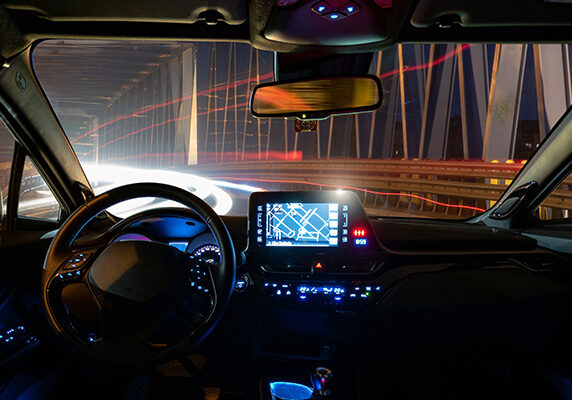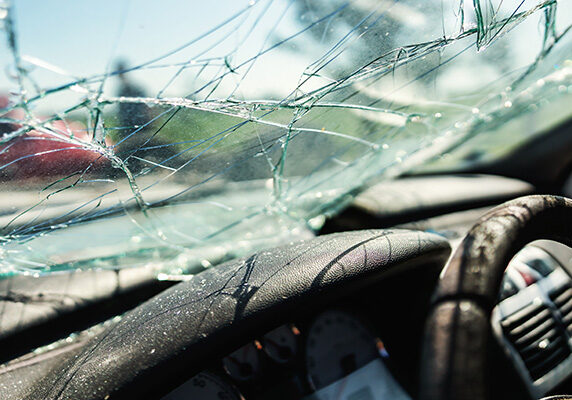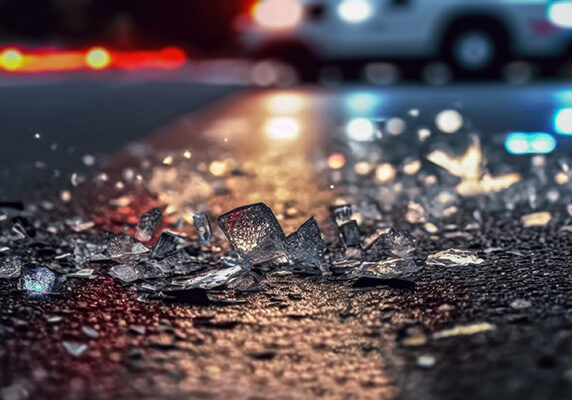California Vehicle Code § 16020 states, “All drivers and all owners of a motor vehicle shall at all times be able to establish financial responsibility and shall at all times carry in the vehicle evidence of the form of financial responsibility in effect for the vehicle.”
This means that every driver in California must have, at minimum, liability coverage for their vehicle—though it is advisable to have more coverage to ensure you are protected in case of an accident. Drivers who fail to maintain insurance coverage while driving may have their license suspended for up to four years, and their vehicle towed and impounded.
But despite these penalties, California has the 12th highest share of uninsured drivers in the nation, with 15% of drivers going uninsured.
If you are unfortunately involved in an accident with an uninsured driver, there are steps you can take before, during, and after an accident to better protect yourself, and maximize your ability to obtain the compensation you are due.
Uninsured motorist, underinsured motorist, and collision insurance policies can cover the costs resulting from an accident with an uninsured driver.
Many drivers make do with minimal insurance coverage. But there are coverage options designed specifically to mitigate your responsibilities if you are in an accident with an uninsured driver.
Uninsured Motorist Coverage
Uninsured motorist coverage protects you if you are in an accident with an uninsured driver, or if you are the victim of a hit-and-run accident. This insurance can be used to cover vehicle repairs and medical bills, and also to compensate victims for pain and suffering.
Underinsured Motorist Coverage
Underinsured motorist coverage is useful when there has been an accident with an at-fault driver who has car insurance, but their policy does not cover the expenses incurred. Underinsured motorist coverage is designed to bridge the gap between the at-fault driver’s insurance and the full cost of your property damage and medical bills. Also, as with uninsured coverage, underinsured motorist coverage can also reimburse policy holders for pain and suffering resulting from an accident.
Collision Coverage
Collision coverage is an optional policy generally used to cover repairs necessitated by hitting a fence, traffic light, mailbox, or other object, or if your car overturns on the road. However, such policies typically also cover vehicle damage resulting from collisions with uninsured drivers, or damages exceeding the policy limit of an underinsured driver’s insurance.
If you are in an accident, always document the scene and collect the other driver’s information.
If you are in a car accident, the first thing you should do is move away from traffic. Your instinct might be to ‘preserve the scene’ so that you can take photos for your records. But leaving your vehicle in traffic endangers other drivers, and could result in you being found liable if you contribute to another accident. Communicate with the other driver to explain what you’re doing, and move your car over to the side of the road, into an adjacent parking lot or alleyway, or other area with no traffic.
If you, the other driver, or others involved in the crash are seriously injured, contact 911 immediately.
If you are able to do so, gather as much information as possible from the other driver, including:
- Name
- Address
- Phone Number
- Driver’s License Number
- Insurer & Policy Number
Be sure to also note details such as the other vehicle’s make, model, color, license plate number, vehicle identification number (VIN), and the street or intersection where the accident took place.
If you have the presence of mind to do so, take notes on everything that happened before and during the accident, while your memory is fresh. Take photos of the accident, and the damage inflicted on both vehicles. Injuries, bruises, and scrapes should also be photographed.
If there were witnesses, get their contact information, and if possible, take notes on what they saw.
Report the car accident to the appropriate local and state authorities.
In the state of California, when an accident causes injury to a driver or passenger in either vehicle, or if a driver or passenger dies, the accident must be reported to the local California Highway Patrol or police department within 24 hours of the accident.
You must also file a report with the DMV within 10 days if the accident resulted in property damage of more than $1,000, or if anyone was injured or killed.
Then, notify your car insurance company of the accident.
At the scene of the accident, the other driver may claim to have insurance and give you a policy number that is falsified, or for an insurance policy that has lapsed. Contacting your insurance provider and giving them all the information you have on hand as soon as possible expedites the process of learning the truth, and what your options are going forward.
If it becomes evident that the other driver does not have insurance, or does not have adequate insurance, then it is likely time to contact a personal injury attorney.
What to expect when working with a personal injury attorney.
When you contact a personal injury attorney, they will schedule a consultation, which is often free. At the consultation meeting, the attorney is going to ask you questions to gather information about the car accident. Be sure to bring with you all available documentation: police reports, insurance paperwork, medical bills, vehicle repair bills, witness statements, pictures from the scene of the accident, pictures of injuries or bruises sustained, and any other documents that police or medical personnel have given you.
At this point, the attorney’s goal is to determine whether you have a case, which typically boils down to (1) whether the other driver was at fault, and (2) you have damages that you can collect on.
For example, if the other driver was texting on their phone and ran a stop sign before colliding with your car, they would be responsible for causing the accident. If, as a result, you sustained a serious injury which forced you to miss work for several weeks, then the driver could be found financially liable for your lost wages.
Financial damages that an at-fault driver can be found liable for include medical bills, vehicle damage, lawyer fees, insurance fees, pain and suffering, and other property damage resulting from the accident.
There are many variables when it comes to auto accidents, and so there are no clear cut guidelines for whether a personal injury lawyer will take your case or not. Personal injury lawyers like Penney & Associates are contingency-based, meaning they only get paid when they are awarded damages via court order, or negotiate a financial settlement out of court. You should expect legal counsel to give their honest assessment of your situation, advising you why they feel you should go to court or have no case.
If you have been involved in an auto accident with an uninsured driver, Penney & Associates may be able to help. We are reliable, highly experienced personal injury trial lawyers that have helped thousands of people pursue claims against uninsured drivers. Don’t wait. Contact us today to schedule a free consultation.



